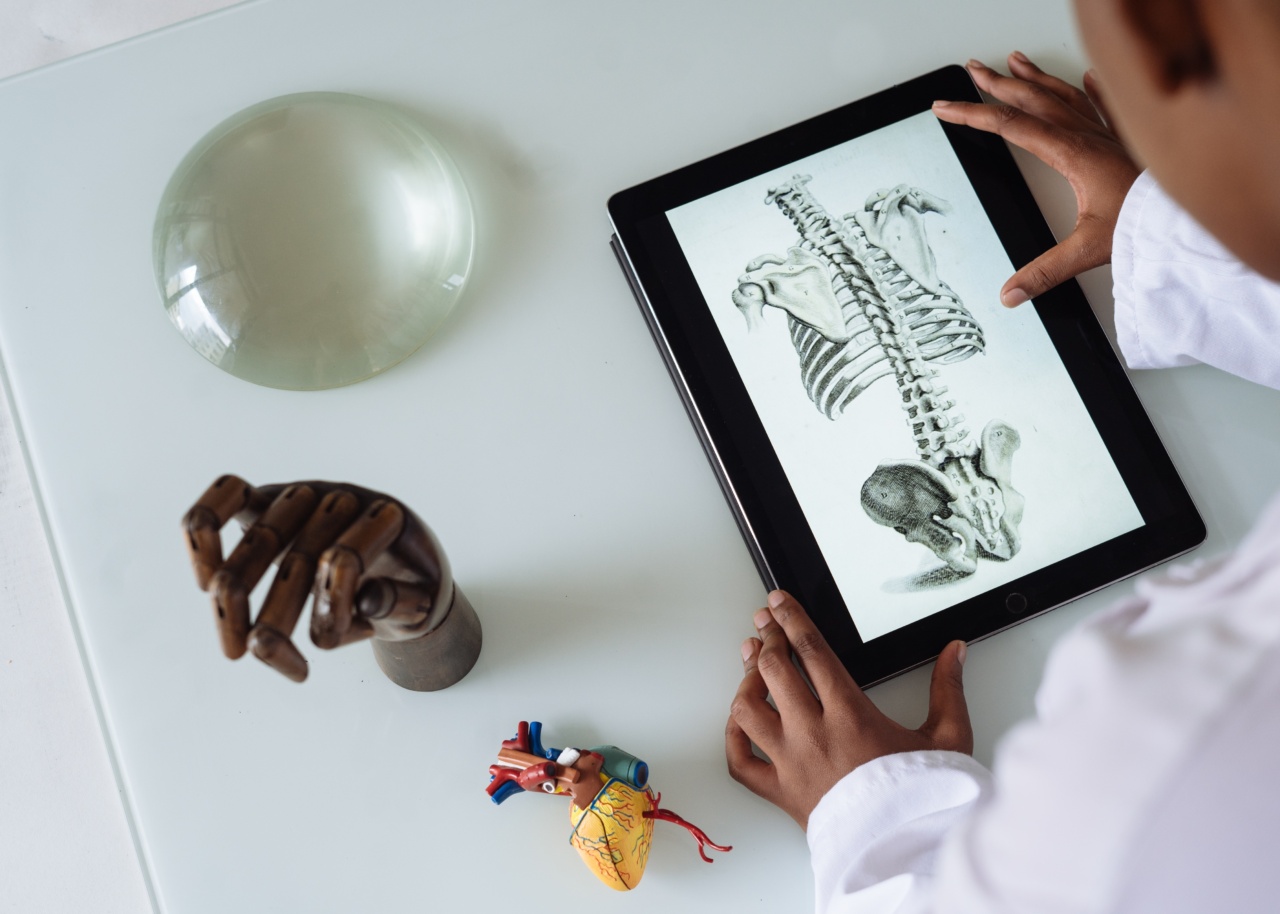The bladder is an essential organ in the urinary system and plays a crucial role in the elimination of waste from the body.
Understanding the female bladder anatomy and how it functions can help shed light on common urinary problems and promote better overall health. Let’s delve deeper into the intricacies of the female bladder and how it works.
1. Bladder Structure
The female bladder is a hollow, balloon-shaped organ located in the pelvic area. It lies just behind the pubic bone, towards the front of the pelvis. On average, the female bladder can hold between 16-24 ounces (473-710 milliliters) of urine.
The bladder is composed of several layers, including:.
• Innermost Layer: The inner lining of the bladder is known as the urothelium or transitional epithelium. This specialized lining is designed to stretch and accommodate urine volume without leakage.
• Submucosa: The layer beneath the urothelium contains blood vessels, nerves, and connective tissue that help support the bladder.
• Muscular Layer: Next is the detrusor muscle, a smooth muscle layer responsible for contracting and emptying the bladder.
• Outer Layer: The outermost layer consists of connective tissue, which helps protect and support the bladder.
2. Bladder Wall
The bladder wall is a dynamic structure that adapts to changes in urine volume. When the bladder is empty, its wall appears thick and folded. As it fills with urine, the folds smoothen out, and the bladder wall becomes thin.
This elasticity allows the bladder to expand and accommodate increasing urine volume.
3. Bladder Neck and Urethra
The bladder neck is the base of the bladder where it connects to the urethra. The urethra is a tube-like structure responsible for carrying urine from the bladder to the outside of the body.
In females, the urethra is shorter than in males, making them more prone to urinary tract infections (UTIs) due to the shorter distance bacteria need to travel to reach the bladder.
4. Control Mechanisms
The bladder relies on a complex system of muscles and nerves to maintain control over the storage and release of urine. These mechanisms work together to prevent urinary incontinence, the involuntary leakage of urine.
A. Detrusor Muscle: The detrusor muscle, located in the bladder wall, contracts to push urine out during urination.
When the bladder is full, nerve signals indicate that it’s time to empty the bladder, triggering the contraction of the detrusor muscle.
B. Urethral Sphincters: Two sphincter muscles surround the urethra, providing further control over the release of urine.
The internal sphincter is involuntary, meaning we have no conscious control over it, and it relaxes during urination to allow the passage of urine. The external sphincter is a voluntary muscle that we can consciously control, allowing us to hold urine until it’s convenient to go to the bathroom.
C. Pelvic Floor Muscles: The pelvic floor muscles provide additional support to the bladder and play a crucial role in urinary continence.
These muscles stretch across the bottom of the pelvis and hold the bladder and other pelvic organs in place. They can be strengthened through targeted exercises, known as Kegels, which can help prevent urinary incontinence and improve bladder control.
5. Micturition Reflex
The micturition reflex is a coordinated series of events that lead to the emptying of the bladder. When the bladder fills with urine, stretch receptors in its walls send signals to the brain, indicating the need for urination.
In response, the brain triggers the relaxation of the internal sphincter and coordinates the contraction of the detrusor muscle.
6. Common Bladder Issues
While the female bladder is resilient and designed to function optimally, there are several common issues that can affect its health, including:.
A. Urinary Tract Infections (UTIs): Due to the shorter urethra, women are more prone to UTIs. Bacteria can easily travel up the urethra and reach the bladder, leading to infection, urinary urgency, and discomfort.
B. Urinary Incontinence: This condition involves the involuntary leakage of urine. It can occur due to weakened pelvic floor muscles, hormonal changes, pregnancy, childbirth, obesity, or neurological disorders.
C. Overactive Bladder: Overactive bladder (OAB) is characterized by a frequent and urgent need to urinate. It may result from an overactive detrusor muscle, neurological disorders, or other underlying medical conditions.
7. Maintaining Bladder Health
To promote a healthy bladder, consider the following tips:.
• Stay Hydrated: Drink plenty of water to keep your urine diluted and reduce the risk of urinary tract infections.
• Practice Good Bathroom Habits: Avoid holding urine for long periods and empty your bladder completely when you urinate.
• Perform Kegel Exercises: Strengthening your pelvic floor muscles through Kegel exercises can improve bladder control and reduce the risk of urine leakage.
• Maintain a Healthy Weight: Excess weight can put additional pressure on the bladder and contribute to urinary problems.
• Avoid Irritants: Limit the consumption of bladder irritants such as caffeine, alcohol, and spicy foods, as they can exacerbate bladder symptoms.
8. When to Seek Medical Help
If you experience persistent urinary symptoms such as pain, burning, blood in urine, frequent urination, or urine leakage, it’s essential to consult a healthcare professional.
They can diagnose any underlying conditions and provide appropriate treatment.
9. Conclusion
The female bladder is a sophisticated organ responsible for the storage and elimination of urine. Understanding its anatomy and how it functions can help prevent urinary issues and promote overall well-being.
By maintaining good bladder health and seeking timely medical attention when necessary, you can ensure optimal urinary function and enjoy a better quality of life.





























